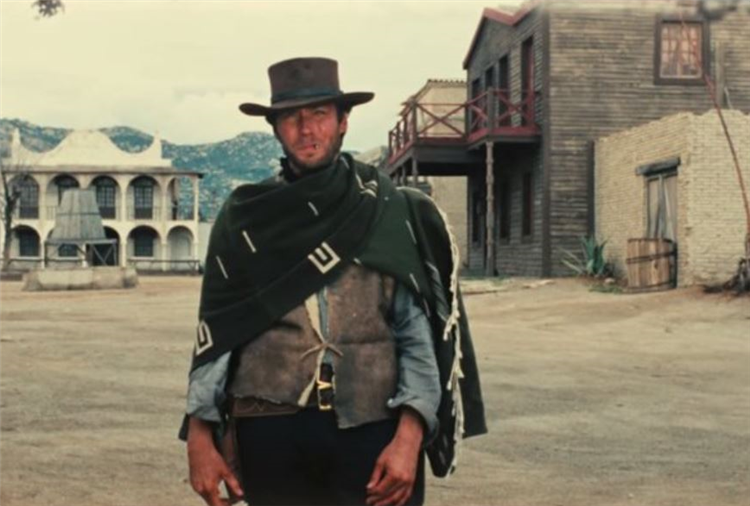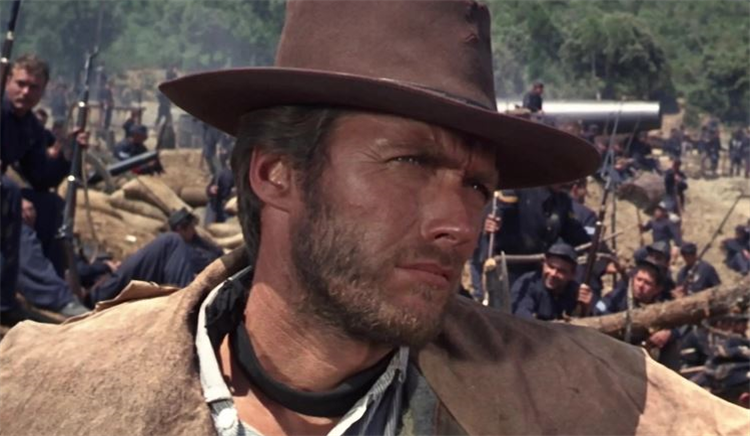Back in 1963, Clint Eastwood was a small-time TV star without a lead credit on the big screen to his name. With the act already well into his thirties, the western-themed CBS series Rawhide and its cult following seemed destined to be the summit of his career.
That is, until Rawhide co-star Eric Fleming, who was considered to be the bigger draw and set for a crossover into cinema, was offered the script for a film by novice Italian director Sergio Leone. The film was a western entitled A Fistful of Dollars, but it was written and produced by Italian and Spanish filmmakers and was going to be shot on the wild plans of rural Spain.
Fleming decided the project wasn’t worth the many risks it apparently involved and turned it down. Leone then sought B-movie actor Richard Harrison out for the part Fleming was meant to play, following his starring role in the proto-spaghetti western movie Gunfight at Red Sands. Harrison decided not to take on the role but suggested to Leone that there was someone else out there for him.

The role in question was the mysterious lead in Leone’s film, a lone horseman with no obvious background and few moral scruples who rides into a small Mexican border town to play two gangs of smugglers off against each other. Eastwood, meanwhile, was known almost exclusively for playing Rowdy Yates, the hard-working cattle drover subordinate to Fleming’s character in Rawhide. He certainly didn’t seem like the type to play a double-crossing, sharp-shooting maverick without a name.
But Harrison knew better than most. He was familiar with the kind of cinema Leone was looking to make and had seen Eastwood in the 1958 western film Ambush at Cimarron Pass as a hot-headed, malcontent Confederate rebel who plots to overthrow his trial leader. The movie may have been a flop, but it proved there was more to Eastwood’s character acting than Yates.
So, why did Eastwood take on the role?
Having been rejected by his first two choices for ‘Joe’, who would become known as the ‘Man with No Name’, Leone took Harrison’s advice and approached Eastwood. The actor recalled his first impression on being offered the film in a 2003 interview for Inside the Actors Studio. “When I was approached to do A Fistful of Dollars there was no such thing as a spaghetti western,” he noted. “I thought the idea of making a western in Italy sounded odd, but then it turned out, well, we’re gonna make it in Spain.”
However, once he heard that the movie was based on one of his favourite Japanese samurai films, he was sold. “It was a western version, a western remake, of Yojimbo, and I always loved Yojimbo,” he explained, “so that’s what inspired me to take the project.”

Eastwood also felt he had nothing to lose in agreeing to the part. “I thought this thing’s gonna really bomb out, but I’m gonna get a trip to Italy and Spain,” he remembered. “I’ve never been to either place, it’s gonna be a fine experience. And if it did something, if the dice came up seven or 11, it would be just a bonus deal.” As bonus deals go, they don’t get much bigger than what happened to Leone’s first western.
Given the film’s modest production budget, though, Eastwood had to bring most of his own costume. And he could barely communicate with his new director, needing a Polish translator to intervene. “He knew ‘Goodbye’ and I knew ‘Arividerce’, and that was about it,” Eastwood joked.
Despite these limitations, between them, Eastwood and Leone managed to craft one of the most iconic characters in cinema history. “It’s a great experience to look back on, but at the time it was kind of funny.”
Well, as the Man with No Name would say to the man who played him, “I don’t think it’s nice, you laughing.”
